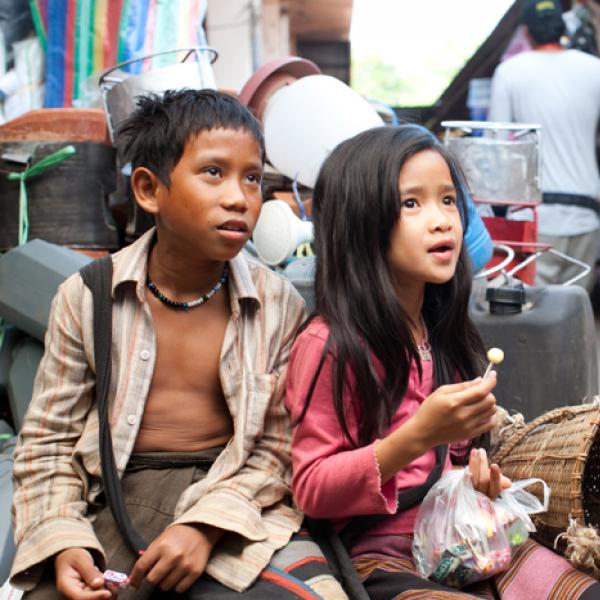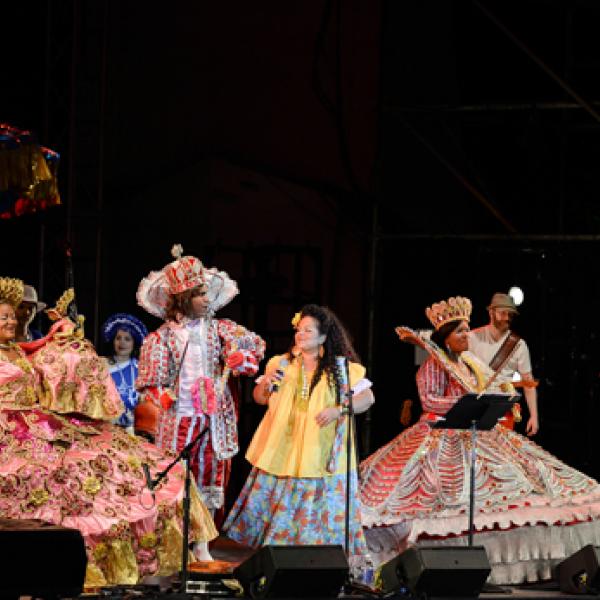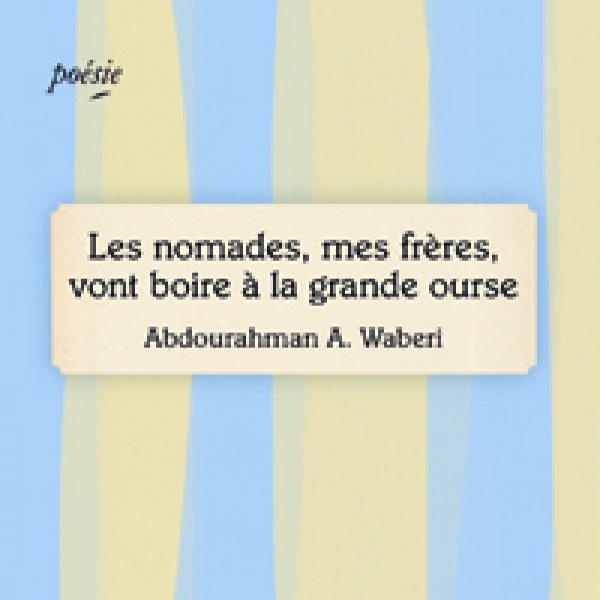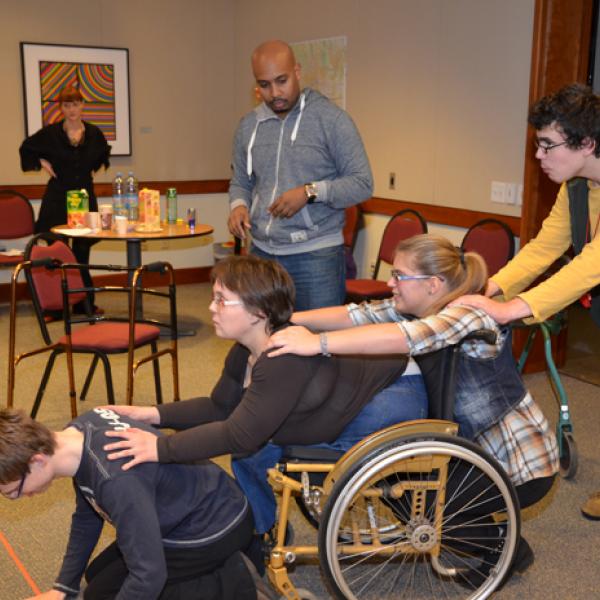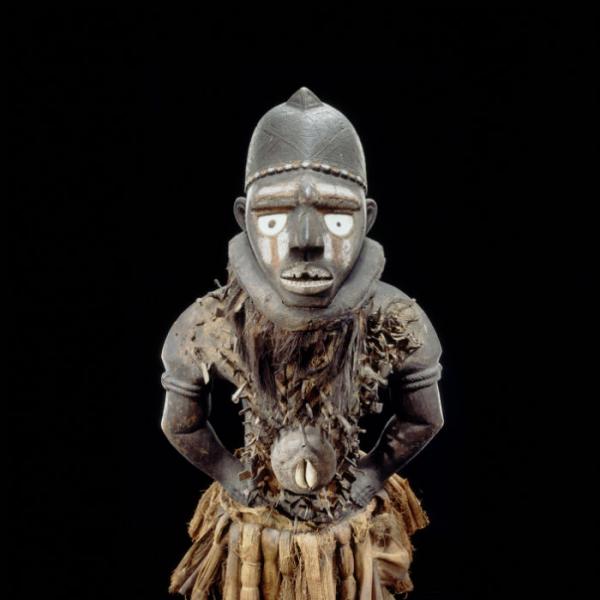Viewed through an Artistic Lens
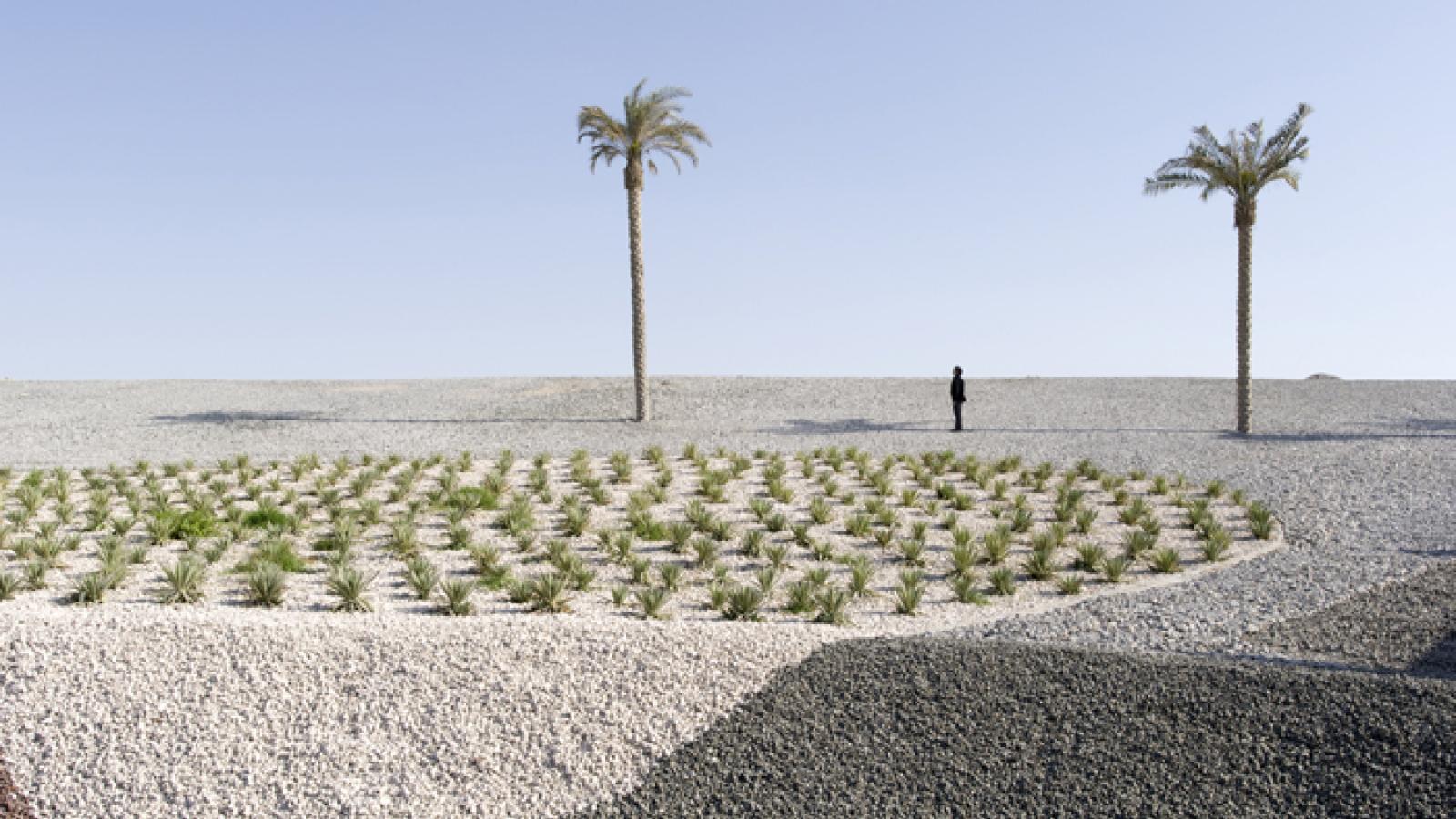
For most of us, souvenirs of our travels abroad might include a postcard or two, and perhaps some local delicacies carefully packed in our suitcases. Photographers Wendy Watriss and Fred Baldwin, however, returned from a 1982 visit to the Les Rencontres d’Arles photography festival in France with a somewhat unusual souvenir: the desire to start a photography festival of their own. They followed through, and today FotoFest has become a six-week biennial event held in more than 100 venues around Houston, Texas, including museums, galleries, artist spaces, and corporate and retail sites. Celebrating its 15th iteration this year, the event regularly draws a crowd of more than 280,000.
In many ways, Watriss and Baldwin have sought to replicate the energy and feel of Les Rencontres d’Arles. “There was a central meeting place in the [city] square where you could meet people from all over Europe that were in the field,” said Watriss as she remembered her experience at the event. “They had this very informal sort of meeting that photographers could have with important curators who [were] interested in looking at new work or work they didn’t know…. It was a way to engage in that dialogue with intelligent people about artwork and about the field, and we thought that was a very exciting idea.”
The pair was particularly struck by the festival’s global feel; Europe was well-represented, of course, but artists also attended from as far away as Japan. According to Watriss it was a stark contrast to American art shows at the time. “The photography world—and to a great extent much of the art world—in the United States was very U.S.-focused, and the big institutions were not regularly looking abroad for work to juxtapose with U.S. work.”
Just a year later, having only recently settled in Houston, Watriss and Baldwin created FotoFest, curating and publicly presenting the first biennial three years later in 1986. The festival itself is a series of events serving a range of participants, including photographers, students, curators, photo agents, and the public. True to the spirit of Les Rencontres d’Arles, FotoFest is decidedly international in scope. Past festivals have highlighted work from Central and Eastern Europe, Latin America, and China.
“We’re extremely interested in international exchange, and in a sense using art to create a language and a bridge between cultures and educate people about different parts of the world, and educate people in the United States about the world outside our own borders,” noted Watriss.
This year, the biennial will focus on the Arab world, a region that many Americans might have never viewed through an artistic lens. Taking place from March 15 through April 27, with support from an NEA Art Works grant, the festival will focus on 49 artists from Arab countries, such as Lalla Essaydi of Morocco, Hazem Harb of Palestine, and Huda Lutfi of Egypt. The work on display includes not just traditional photography but also digital work, filmmaking, and large-scale installations. “I would not call the majority of the artists strictly photographers,” Watriss explained. “They really work across boundaries in all different kinds of ways…. Uncovering the breadth and diversity of the work was very exciting.”
Although Watriss and Baldwin are still the festival’s primary curators, they also work with a small advisory board and, occasionally, guest curators. “Fred and I up until now have done about 90 percent of the decision-making on the focus and scene, and we happen to be two people who have both lived within the diplomatic, the academic, and the journalistic worlds,” Watriss said. “We have kind of developed a sort of sixth sense or a nose for interesting things that may be under the radar.”
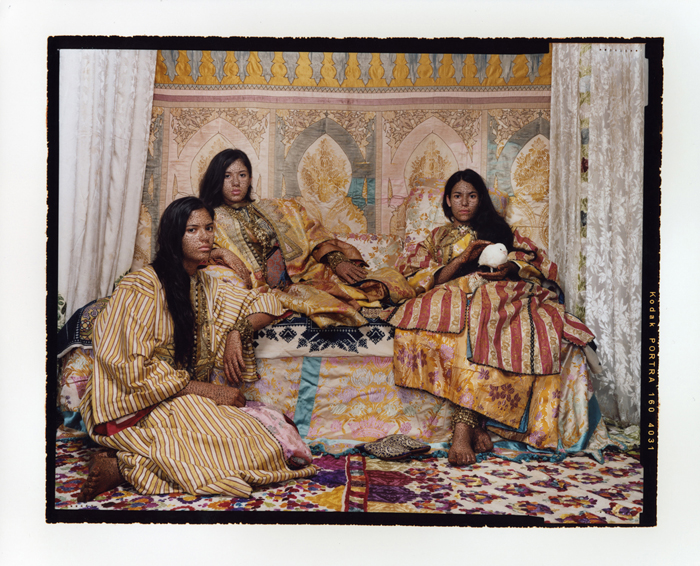
Harem Revisited #36, 2012, by Lalla Essaydi of Morocco. Image courtesy of the artist and Edwynn Houk Gallery
To put together this year’s roster of invited artists, Watriss worked with German curator Karin Adrian von Roques, an expert in both classical Islamic art and contemporary Arab art. The team also took inspiration from a 2005 festival of Arab work in northern Holland. (Watriss and her team brought that show—Nazar—to Houston, and it later exhibited at New York’s Aperture Foundation.)
Watriss explained that the growing popularity of Art Dubai and a number of successful Gulf state art auctions by Sotheby’s and Christie’s made this a particularly good time to take a more extensive look at the contemporary artists of that region. “There’s a real interest in using culture to highlight that part of the world,” she said.
Art world trends aside, Watriss also maintained that the Arab focus was a good fit for FotoFest because the Arab culture is a global culture and photography is a global medium. “The Middle East has never been isolated in its history; it’s been an amalgam and cross current of civilizations and movements and systems,” she said. “They’re not isolated people by any measure or means so they’re dealing with large issues that go across many cultures.
“But at the same time they’re dealing with those issues relative to their own realities and their own world that they live in,” Watriss continued. “In terms of the way they use the medium and the approach and nature of thought, it’s global. They’ve taken from all kinds of sources. They take whatever is stimulating.”
As with each biennial, Watriss and Baldwin hope to turn the spotlight on artists who may not have had wide exposure for any number of reasons, such as geography or regional politics. While they are committed to presenting museum-quality work, Watriss said the event prioritizes “art that has not made it to the mainstream critical and aesthetic markets or communities in the art world. [The goal] is to really broaden and level the playing field, not to reduce standards or criteria but to actually just open up the world.”
When asked what she wants visitors to take away from this newest iteration of FotoFest, Watriss returns to the idea that inspired the festival: art as a means of communication.
“There is an enormous amount of very high-level creativity and creative art-making going on in those countries,” she said. “[I hope] there will be a greater interest, appreciation, and understanding for the Arab history and culture in the world as it is.”
Art’s ability to educate and enlighten across cultures is very much at the heart of FotoFest’s mission. It is about exploring ideas, from challenging stereotypes, to technology, to post-colonialism, to what it means to belong to a global diasporic community to the environment. “[FotoFest is a] platform in which there’s an interrelationship between art and ideas, what we consider to be important social or civic ideas,” said Watriss. “We feel that art is very central and what artists have to say is very central and important in terms of understanding realities and societies in the world.”


